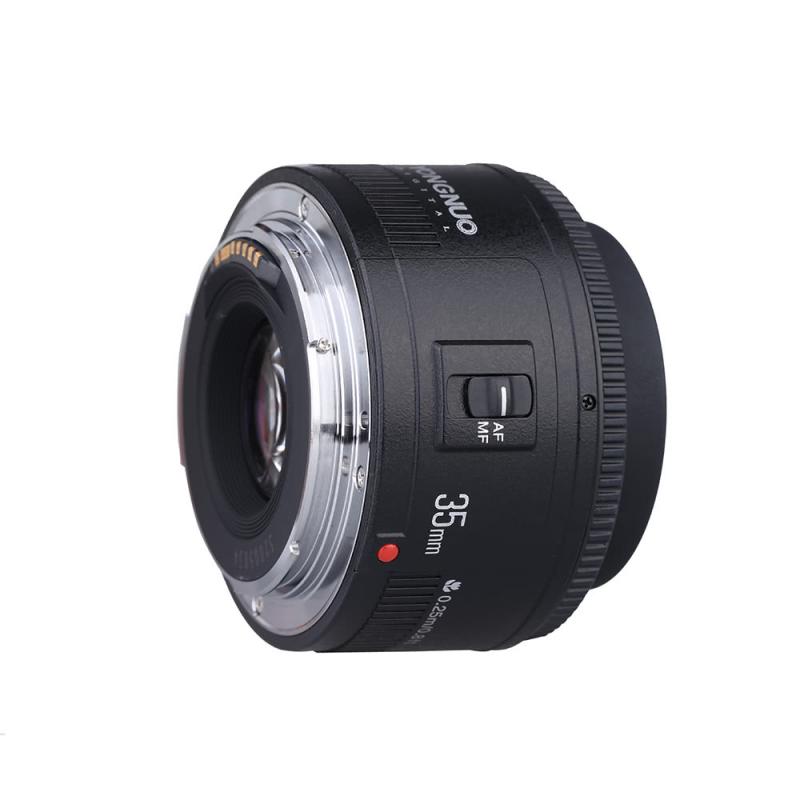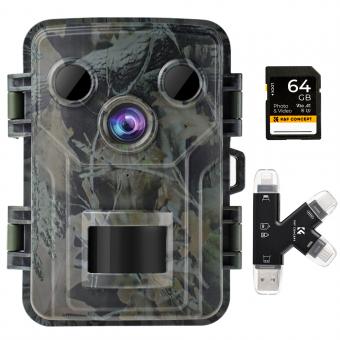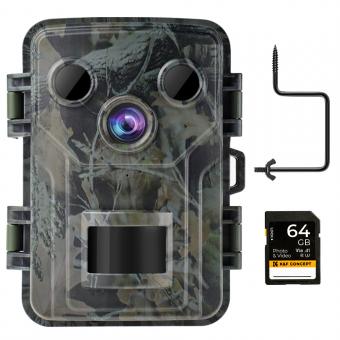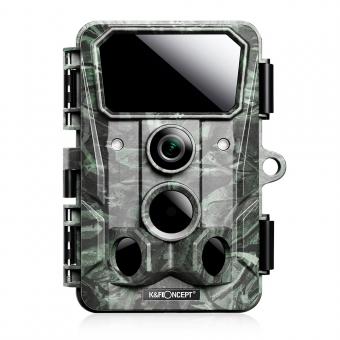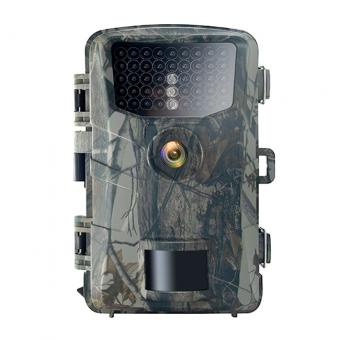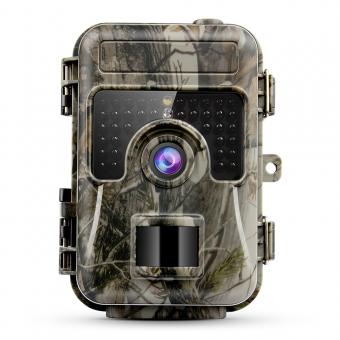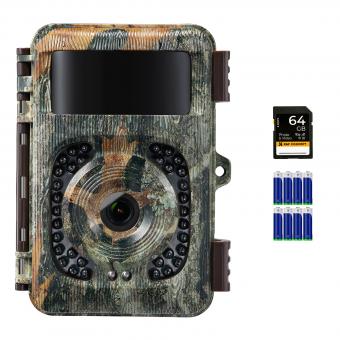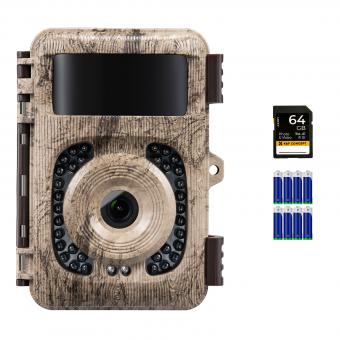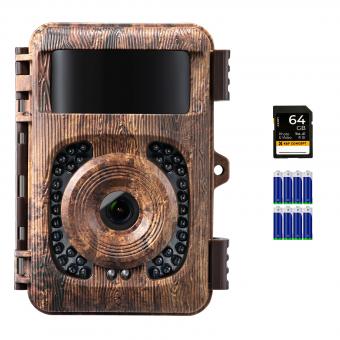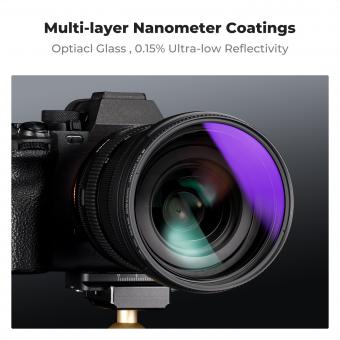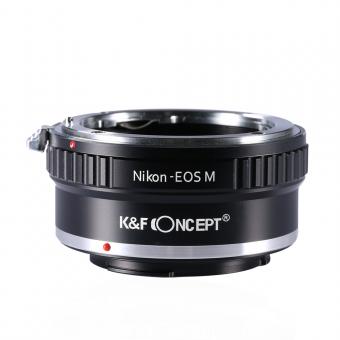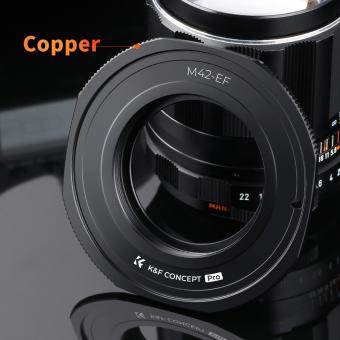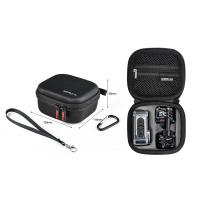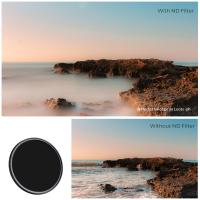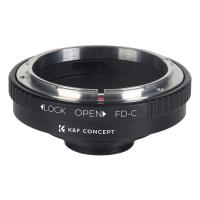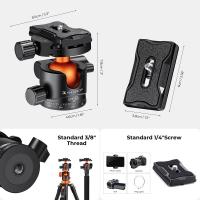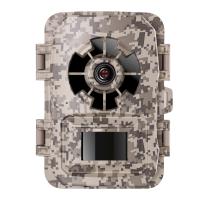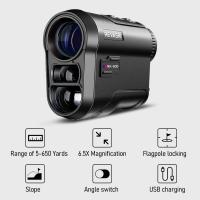Which Reports Wildlife Cameras ?
Wildlife cameras are typically reported by various sources such as outdoor gear and equipment companies, wildlife conservation organizations, and scientific research institutions. Some popular brands of wildlife cameras include Bushnell, Browning, Moultrie, and Stealth Cam. These cameras are designed to capture images and videos of animals in their natural habitats without disturbing them. They are often used by wildlife researchers to study animal behavior, population dynamics, and habitat use. Wildlife cameras are also popular among outdoor enthusiasts and hunters who use them to scout for game and monitor their hunting grounds. In recent years, the use of wildlife cameras has become increasingly popular as a tool for citizen science, allowing individuals to contribute to scientific research by collecting data on wildlife populations and behavior.
1、 Trail camera technology advancements
Which reports wildlife cameras? The answer is trail camera technology advancements. Trail cameras have revolutionized the way we study and observe wildlife. These cameras are designed to capture images and videos of animals in their natural habitat without disturbing them. They are used by wildlife researchers, hunters, and nature enthusiasts to monitor animal behavior, track migration patterns, and identify species.
In recent years, trail camera technology has advanced significantly. The latest models are equipped with high-resolution cameras, infrared sensors, and wireless connectivity. They can capture high-quality images and videos even in low-light conditions and transmit them to a remote location in real-time. This has made it easier for researchers to monitor wildlife populations and track their movements.
One of the latest advancements in trail camera technology is the use of artificial intelligence (AI). AI-powered cameras can identify and classify animals based on their physical characteristics and behavior. This makes it easier for researchers to analyze large amounts of data and identify patterns in animal behavior.
Another trend in trail camera technology is the use of solar panels and rechargeable batteries. This allows the cameras to operate for extended periods without the need for frequent battery replacements. It also reduces the environmental impact of using disposable batteries.
In conclusion, trail camera technology advancements have made it easier for researchers to study and observe wildlife. The latest models are equipped with high-resolution cameras, infrared sensors, wireless connectivity, and AI-powered features. These advancements have improved the accuracy and efficiency of wildlife monitoring and conservation efforts.
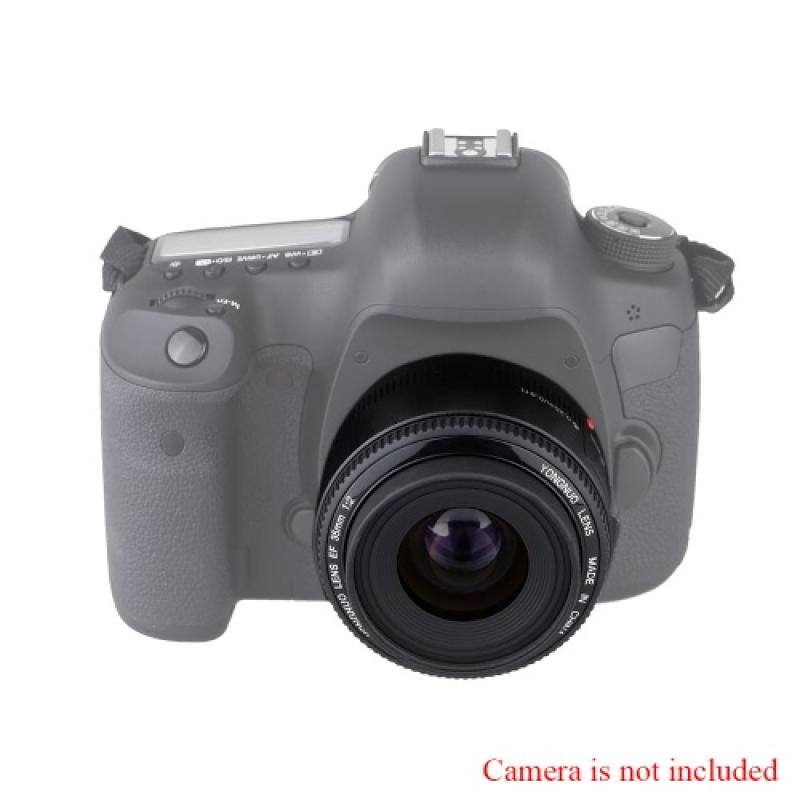
2、 Best wildlife cameras for capturing animal behavior
Best wildlife cameras for capturing animal behavior are those that are designed to withstand harsh outdoor conditions and capture high-quality images and videos. These cameras are equipped with advanced features such as motion detection, night vision, and long battery life, making them ideal for capturing animal behavior in their natural habitat.
One of the best wildlife cameras for capturing animal behavior is the Bushnell Trophy Cam HD Aggressor. This camera is equipped with a 20-megapixel sensor that captures high-quality images and videos, even in low light conditions. It also has a fast trigger speed of 0.2 seconds, ensuring that you never miss a shot.
Another great option is the Browning Strike Force Pro XD. This camera has a 24-megapixel sensor and can capture 1080p HD videos with sound. It also has a fast trigger speed of 0.15 seconds and a long battery life of up to 11 months.
The latest point of view is that wildlife cameras have become increasingly popular among researchers, conservationists, and wildlife enthusiasts. They provide valuable insights into animal behavior and help us understand the natural world better. With the advancement of technology, wildlife cameras are becoming more affordable and accessible, making it easier for anyone to capture stunning images and videos of wildlife in their natural habitat.

3、 Remote monitoring of wildlife using cameras
Remote monitoring of wildlife using cameras is a popular method used by researchers and conservationists to study and protect wildlife. Wildlife cameras, also known as trail cameras, are placed in strategic locations to capture images and videos of animals in their natural habitats. These cameras are equipped with motion sensors and can be programmed to take pictures or videos at specific intervals.
Wildlife cameras have become increasingly popular in recent years due to their affordability and ease of use. They are used to monitor a wide range of species, from large mammals like bears and deer to smaller animals like birds and rodents. The data collected from these cameras can provide valuable insights into animal behavior, population dynamics, and habitat use.
In addition to research, wildlife cameras are also used for conservation purposes. They can be used to monitor endangered species and to detect illegal activities such as poaching. Wildlife cameras have also been used to raise public awareness about the importance of protecting wildlife and their habitats.
The latest point of view on remote monitoring of wildlife using cameras is that it is a powerful tool for conservation and research. With advances in technology, wildlife cameras are becoming more sophisticated and can capture high-quality images and videos. This allows researchers to study animal behavior in greater detail and to monitor populations more accurately.
However, there are also concerns about the ethical implications of using wildlife cameras. Some argue that they can be intrusive and disrupt natural behavior patterns. Others argue that the data collected from these cameras can be misused or misinterpreted.
Overall, remote monitoring of wildlife using cameras is a valuable tool for conservation and research. However, it is important to use these cameras responsibly and to consider the potential impacts on wildlife.
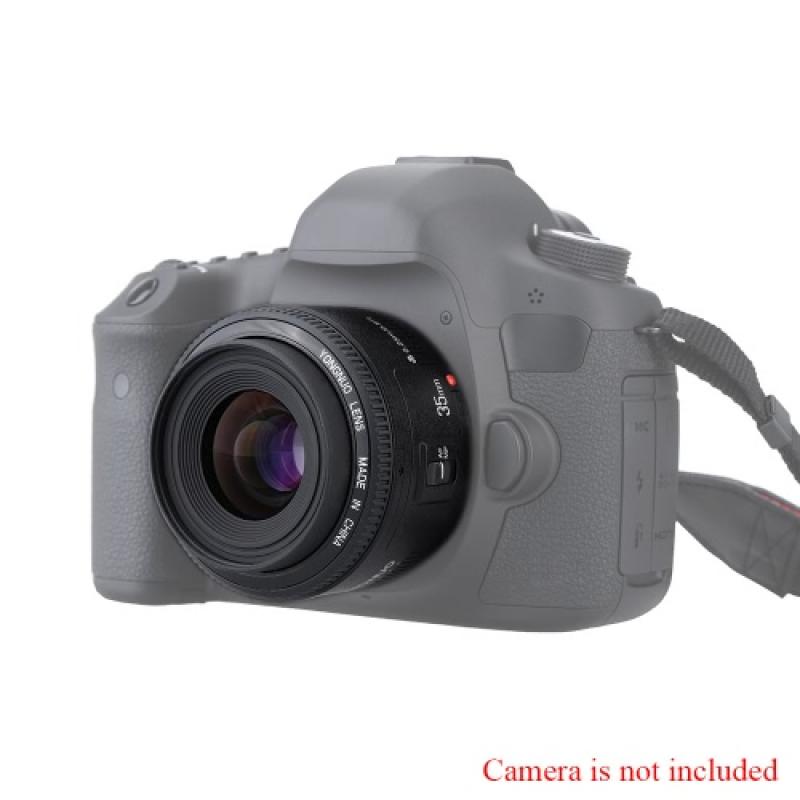
4、 Camera traps for conservation research
"Camera traps for conservation research" reports on the use of wildlife cameras, also known as camera traps, for monitoring and studying wildlife populations. The report highlights the importance of camera traps in conservation research, as they provide a non-invasive and cost-effective way to collect data on wildlife behavior, population size, and distribution.
Camera traps have been used to study a wide range of species, from large mammals like tigers and elephants to small rodents and birds. They have also been used to monitor the impact of human activities on wildlife, such as habitat destruction and hunting.
The latest point of view on camera traps is that they are becoming increasingly important in conservation efforts, as they allow researchers to collect large amounts of data over long periods of time. This data can be used to inform conservation policies and management strategies, as well as to track the success of conservation efforts.
However, there are also concerns about the ethical implications of using camera traps, particularly in relation to the privacy and welfare of individual animals. Some researchers have called for guidelines and regulations to be put in place to ensure that camera traps are used in a responsible and ethical manner.
Overall, camera traps are a valuable tool for conservation research, but it is important to use them in a way that respects the welfare of individual animals and contributes to the long-term conservation of species and ecosystems.
